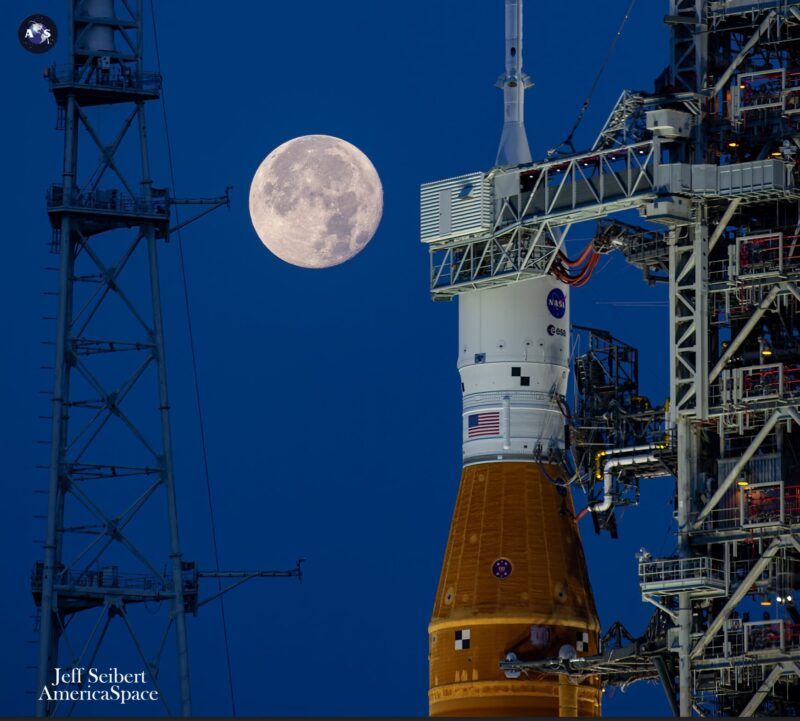
Five years ago today, Vice President Mike Pence took the podium at the Marshall Spaceflight Center to address the NASA workforce. It was his fifth speech as the leader of the reconstituted National Space Council [1]. The half-hour-long event radically shifted NASA’s focus. In his stunning announcement, Pence said, “It is the stated policy of the United States of America to return American astronauts to the Moon within the next five years.” Two months later, this effort officially became today’s Artemis program. Thanks to a clever strategy and the directed effort of tens of thousands of engineers, Artemis became the most ambitious and credible human spaceflight program in half a century. Five years later, we are rapidly approaching its original target date. While NASA will not make it back to the Moon by New Year’s Eve, Artemis continues to make steady progress towards its goal. This might never have happened without an aspirational vision.
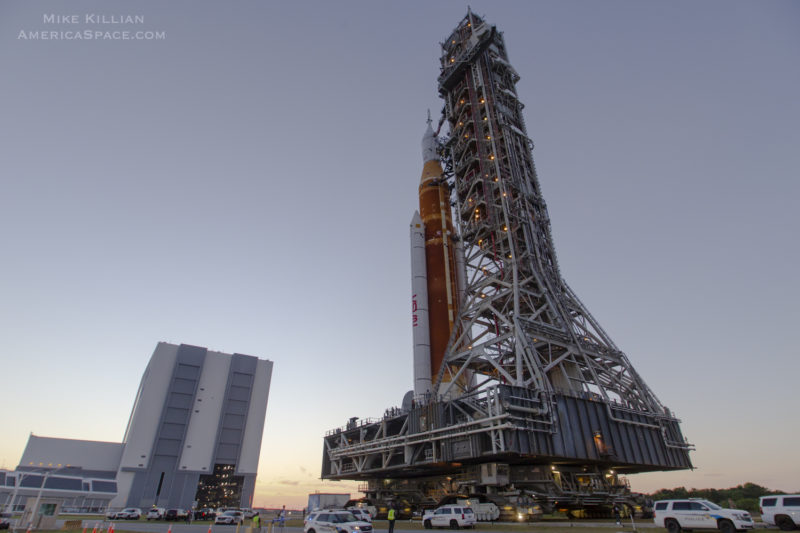
Unlike Apollo, Artemis was able to harness relevant systems which were already in development. In 2004, NASA began working on the Constellation program, which strived to return humans to the Moon by 2020. Constellation was cancelled after a series of budgetary overruns and delays. However, Congress quickly directed NASA to salvage the Space Launch System (SLS) rocket and the Orion crew capsule, which were slowly developed over the course of the next decade. NASA was already focused on lunar exploration due to a 2017 directive from Pence. At the time, the agency aimed to land humans on the Moon by 2028.
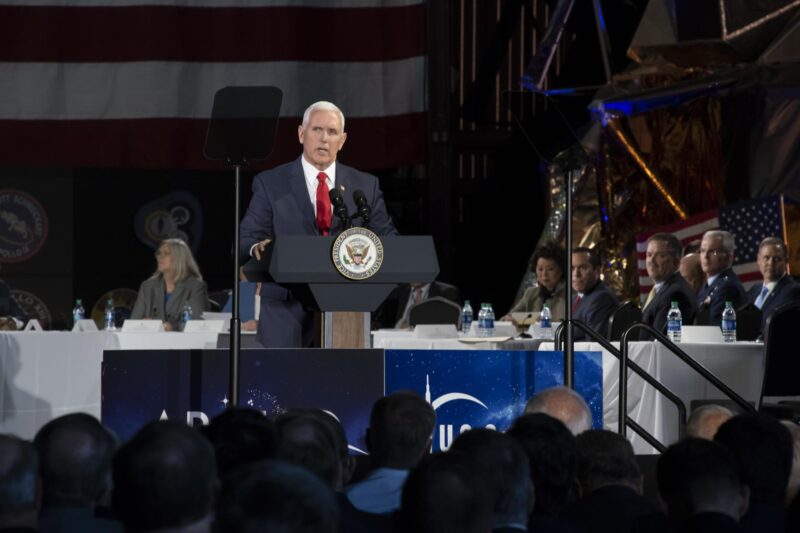
Five days before Pence’s speech, rumors began circulating that the Vice President was not satisfied with this goal [2]. “We’re racing against our worst enemy: complacency,” he remarked. “Urgency must be our watchword.” From the viewpoint of Pence and his advisors, including National Space Council chair Scott Pace and NASA Administrator Jim Bridenstine, the lunar program deserved to be a high priority. Meanwhile, NASA was not planning to prioritize the development of a lunar lander until it completed the Gateway space station. The speech on March 26th, 2019 aimed to provide a goal which the spaceflight community could rally behind while serving as a strict guide for architectural planning. The address laid out Artemis’ key priorities: Land the first woman and the next man on the Moon; target the resource-rich lunar south pole; and meet these objectives within five years.
Five years later, some might assume that the challenge failed. This vastly oversimplifies the truth. Artemis might not have adhered to its audacious timeline, but it will likely achieve its other goals. In that respect, it succeeded where the Space Exploration Initiative (SEI) and Constellation did not. The brilliance of Artemis is that it married an inspiring and clear goal to a sense of urgency and a broad coalition of supporters. Artemis’ first five years have been memorable, and as with most major space programs, they have featured triumphs and challenges alike.
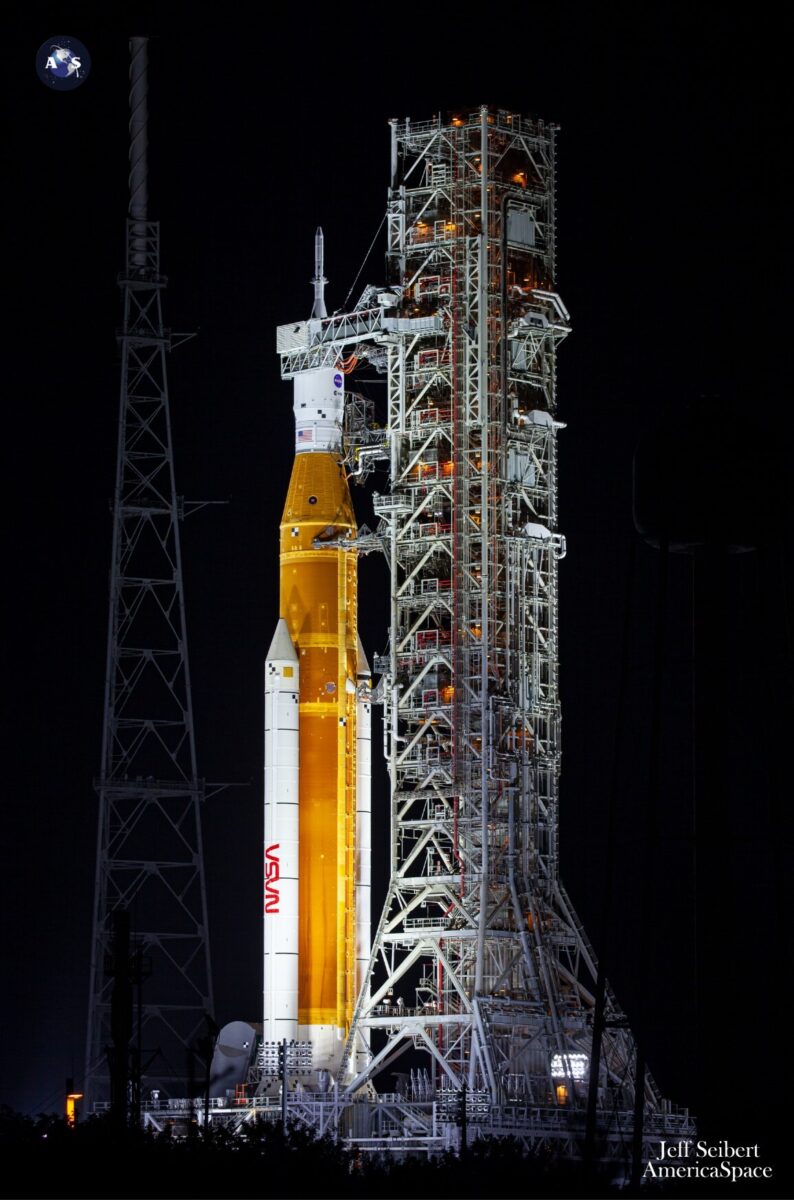
Most significantly, Artemis provided a sense of direction for the U.S. space program. When Artemis was announced, the SLS and Orion vehicles had been under development for eight years. Both programs benefitted from heritage hardware and a team of experienced engineers. However, they had always lacked a destination. Without a broader goal, the development of SLS and Orion fell behind schedule; the target date for their first flight slipped from 2017 to 2021 by the time Artemis was announced. During his speech, Pence gave the beleaguered programs a concrete destination, but he also issued a veiled threat: “If our current contractors can’t meet this objective, then we’ll find ones that will.” That challenge provided Boeing, the prime contractor for SLS, with an incentive to complete the rocket’s development. Within two months, it worked with NASA to develop a plan to expedite SLS’ development [3].
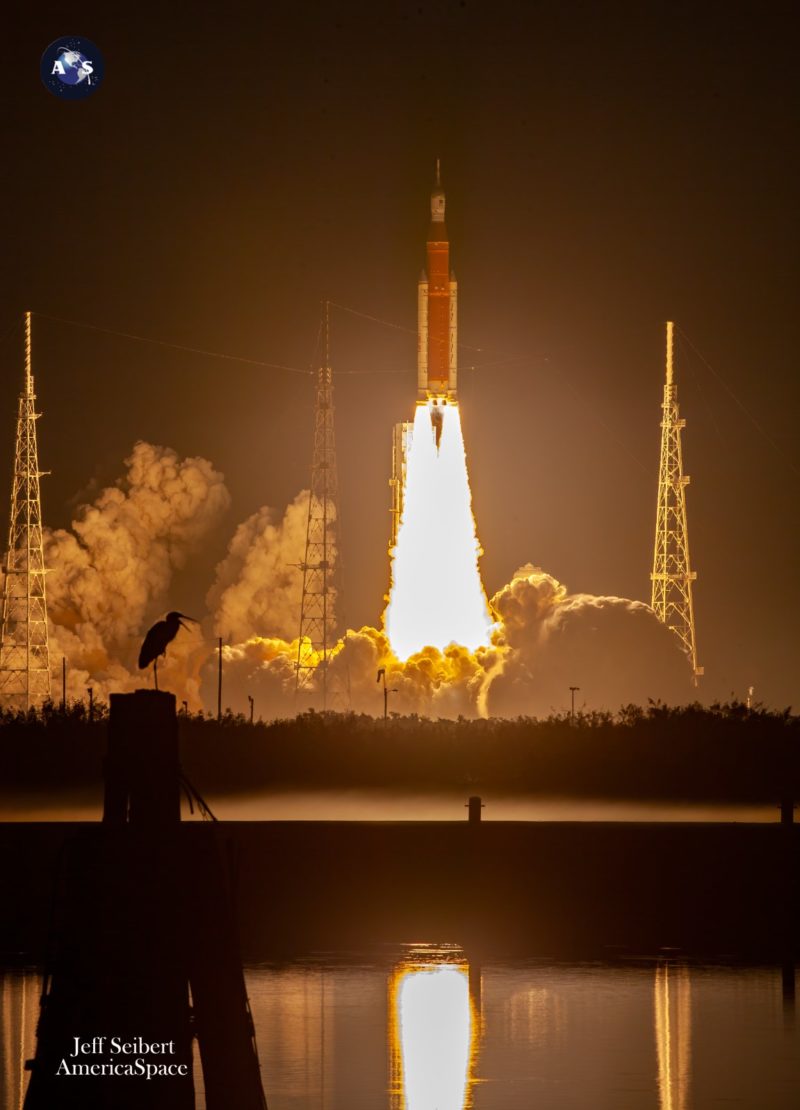
Like almost every new rocket, SLS continued to encounter modest delays. However, the reforms instituted by Bridenstine enabled NASA to deliver the first rocket to its launch pad in 2022. The uncrewed Artemis 1 mission was the program’s first major test. During its debut, SLS performed nearly flawlessly. It propelled a fully-functional Orion capsule on a 25-day mission to a Distant Retrograde Orbit around the Moon. During its journey, Orion captured spectacular photographs of the Earth and the Moon from its unique vantage point. As of this writing, Artemis 1 remains the Artemis program’s crowning achievement. It set the stage for the announcement of the four-person Artemis 2 crew, who will be the first humans to leave Earth orbit in 53 years.
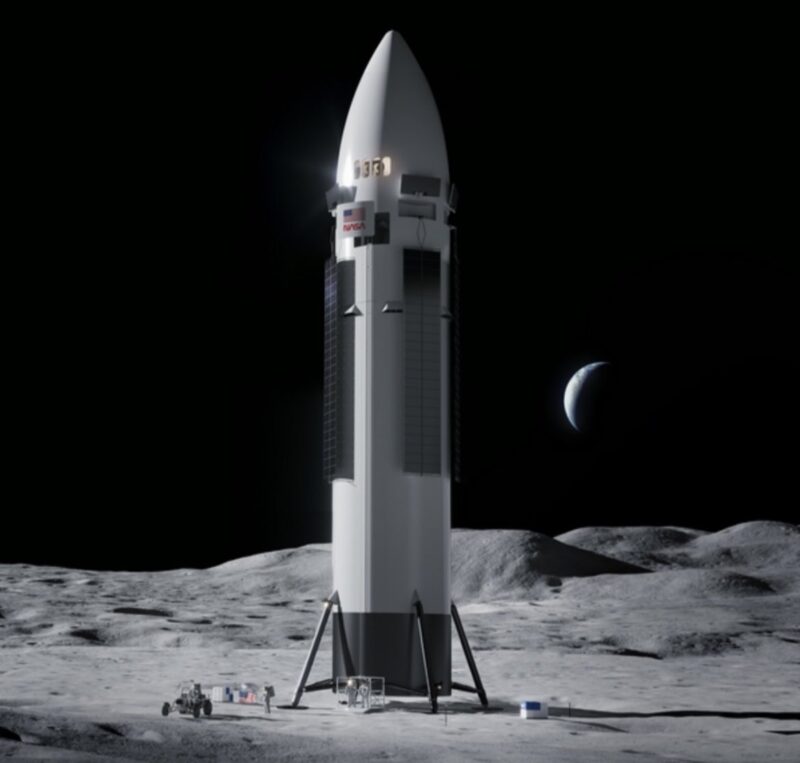
Pence’s challenge also led NASA to expedite the procurement of new systems. The most pivotal of these new programs was the Human Landing System (HLS). Previously, NASA intended to develop a three-stage lander comprised of ascent, descent, and transfer elements. To meet the ambitious 2024 goal, Bridenstine altered his agency’s approach and decided to buy an integrated lander from a single company. Within two months, NASA gave small amounts of seed funding to eleven different companies; in just over two years, it selected SpaceX’s Starship to serve as Artemis’ first lunar lander. Midway through the process, NASA’s Marshall Smith said, “I will tell you that what we’ve done between (March 2019 and October 2019) probably would have taken the old NASA two years to do” [4].
Smaller pieces of the architecture, such as space suits, were also essential. Prior to Artemis, NASA had spent 11 years and $420 million developing a variety of next-generation space suit programs, but none of them were ready for flight. To facilitate Artemis’ Moonwalks, NASA created a focused Exploration Extravehicular Activity Services (xEVAS) program, which combined preexisting government research and commercial innovation. Other pieces of hardware, such as lunar rovers, only began receiving attention after the speech. The design for Artemis’ Lunar Terrain Vehicle (LTV) will be announced on Wednesday, April 3rd [5].
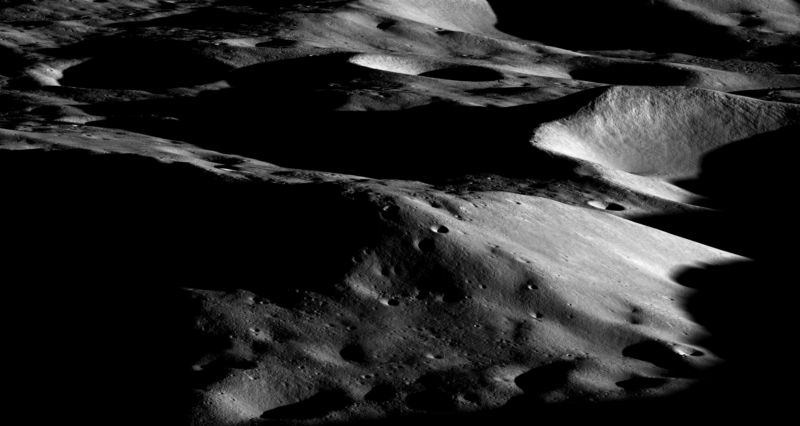
Finally, the creation of Artemis catalyzed a partnership between NASA’s human exploration and planetary science communities. Previously, lunar scientists based their near- to medium-term plans around the assumption that they would continue to rely upon robotic spacecraft. Faced with the potential for near-term crewed missions, they quickly revised their strategy to leverage the on-site decision making, manual dexterity, and sample return capability possessed by astronauts. For its part, NASA made a concerted effort to integrate science into the Artemis missions. The agency has already selected a Project Scientist and an external Geology Team for Artemis 3, the first crewed lunar landing. This year, NASA expects to decide upon a landing site and a package of geophysics instruments for the mission. This sets Artemis apart from prior human spaceflight initiatives, where science was often retroactively incorporated after the program was flying.
Jim Bridenstine and his leadership team at NASA Headquarters deserve much of the credit for Artemis’ success. In an era with limited budgets and no threat from the Soviet Union, the program has thrived for three reasons. The first is its narrow focus. Prior human spaceflight programs, such as the Space Shuttle and the International Space Station, were built around a lengthy list of requirements, some of which were tangential to their goals. Even Constellation was intended to support missions to Earth orbit and Mars, not just the Moon. All of these scenarios led to the phenomenon of “mission creep,” where a growing number of objectives increased the cost of a program. In contrast, Artemis revolved around the singular objective of building a sustainable transportation system which could return humans to the Moon within five years. The timeline was the program’s north star, and it incentivized decisiveness.
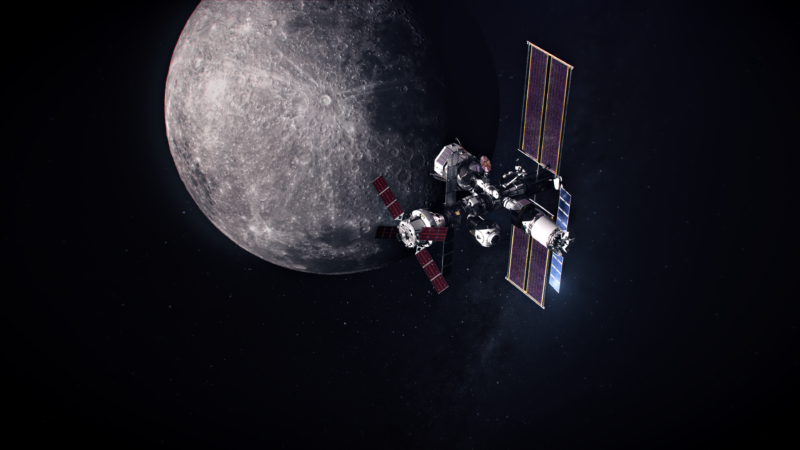
The second factor is a broad coalition of supporters. It took NASA three years to convince Congress to fully fund some elements of the program, particularly HLS. However, that support is now unshakable. Bridenstine deliberately advocated for bipartisan support for Artemis, which allowed the program to survive a transition between presidential administrations. Once again, this sets Artemis apart from SEI and Constellation.
He also assembled an unprecedented coalition of commercial and international partners. Large aerospace contractors, such as Boeing and Lockheed Martin, build SLS and Orion. The HLS landers are provided by two newer commercial companies, SpaceX and Blue Origin. Start-ups are competing to build robotic lunar landers and myriad other technologies. The international partners which built the ISS are now contributing to the Gateway, while smaller nations which could not contribute to previous programs are joining the Artemis Accords. With so many stakeholders, the Artemis architecture is more complicated than Apollo or China’s competing Lanyue program. However, this coalition makes Artemis politically sustainable while incorporating innovations from a variety of sources.

Finally, Artemis benefitted from excellent marketing. This factor cannot be underestimated. From the beginning, Artemis intended to “land the first woman on the Moon.” Unlike the fine details of lunar geology or in-situ resource utilization, this goal is immediately understandable and everyone can picture its historical significance. In contrast, prior lunar programs, such as Constellation, were pitched as “going back to the Moon.” While this phrase was accurate and well-intentioned, it led some critics to misinterpret Constellation as an Apollo redux. While it is just one part of a large campaign, Artemis’ “first woman” goal emphasizes the iconic moments which a return to the Moon will enable.
The Artemis label itself was coined by Bridenstine in May of 2019. He wrote, “Apollo had a sister, Artemis. I think it is appropriate that the Artemis Program will carry humans back to the Moon.” The Artemis umbrella made the lunar program instantly recognizable. It also drove increased interest in the lunar landing’s precursor missions. Artemis 1 and 2 were previously known by the less inspiring titles of EM-1 and EM-2, and they were marketed as the first test flights of a new system. Now, they are viewed as integral portions of a larger campaign of human lunar exploration.
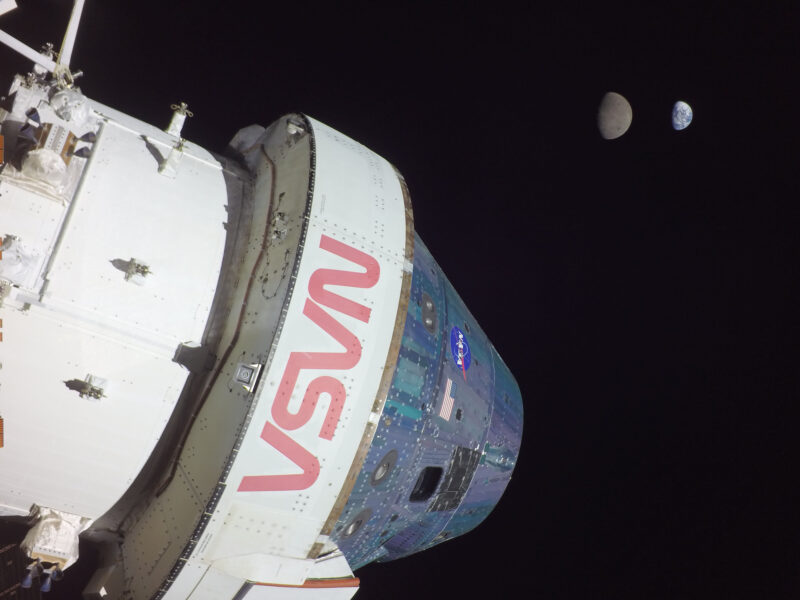
As one might expect, Artemis also faced its fair share of challenges. The most significant is a series of ongoing delays. When the program was announced, NASA could not have foreseen the impending COVID-19 pandemic, which halted work on the SLS for three months. The pandemic, the aborted “Green Run” test firing of the rocket’s engines, and a series of propellant leaks on the launch pad compounded to delay Artemis 1 by over a year. While preparations for Artemis 2 are well underway, issues with the Orion spacecraft’s novel life support system have pushed its launch date into late 2025. Therefore, astronauts will not return to the Moon’s vicinity, let alone the lunar surface, until after Pence’s original 2024 deadline elapses.
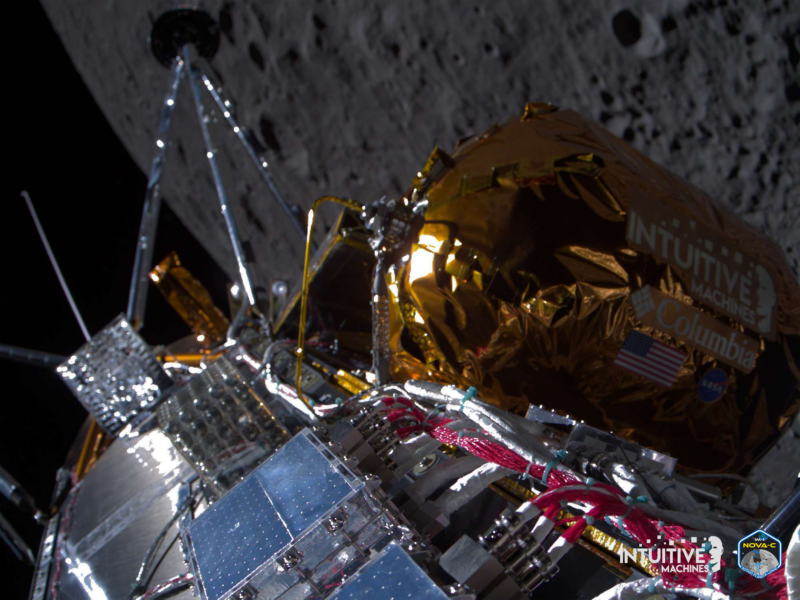
Artemis’ greatest hurdle was, and still is, the development of a crewed lunar lander. To meet its 2024 deadline, NASA was forced to relax its oversight of the HLS program. Before it began accepting bids for lunar landers, the agency trimmed its list of HLS requirements from over 100 items to just 26 [4]. One of the omitted features was a descent abort capability, which would have allowed astronauts to abort to orbit in the event of a catastrophic failure during their descent to the lunar surface. As AmericaSpace’s Jim Hillhouse wrote last April, this is a safety-critical feature, and it is absent from both HLS landers.
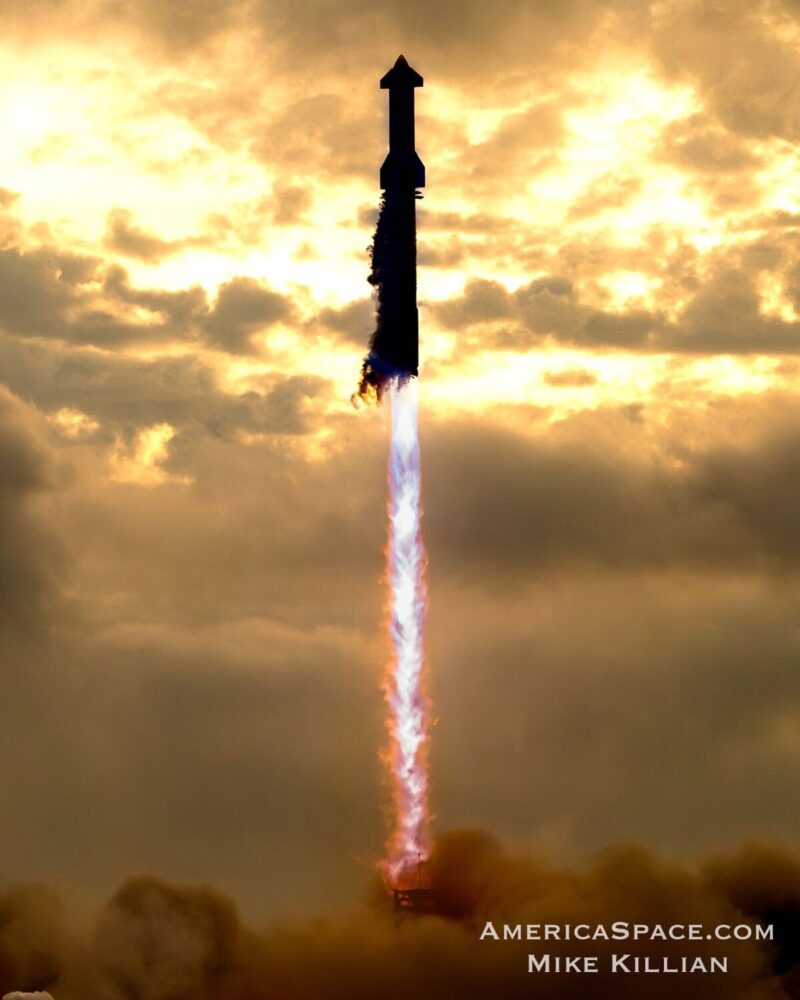
Jim Bridenstine originally planned to develop two crewed landers in parallel to enable an on-time landing even if one contractor encountered setbacks. However, due to a three-year delay in securing funding, NASA could initially select only one HLS proposal. Starship was the only proposal which fit within the available budget. Because NASA was prioritizing a 2024 landing, financial considerations weighted the selection process in favor of the capable yet complex Starship system. Starship’s technical challenges, in turn, have made even the current 2026 lunar landing date a difficult proposition; in January, SpaceX CEO Elon Musk would only say, “We’re hoping to have the first humans on the Moon in less than five years” [6]. The benefit of both Starship and Blue Origin’s Blue Moon is that they both have large payload capacities, which might eventually help NASA establish a sustainable lunar outpost.
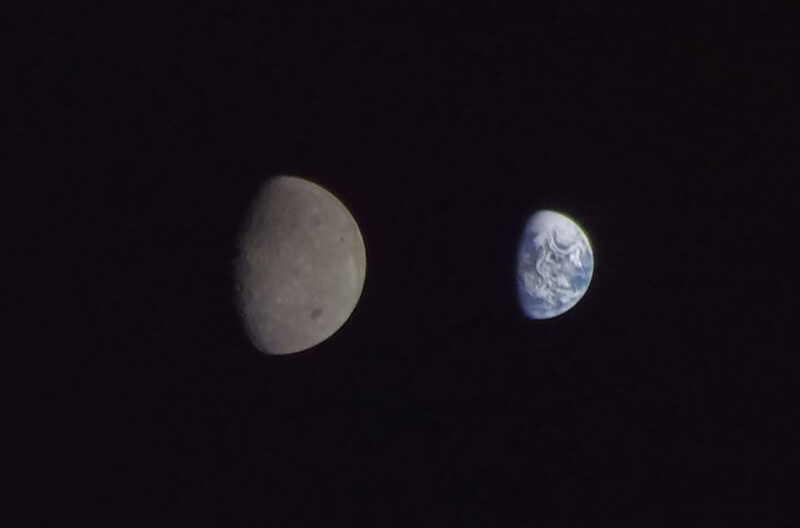
The first five years of the Artemis program have set the stage for an exciting new era of deep space exploration. While Artemis did not meet its goal of reaching the Moon by 2024, it will likely enable crewed lunar landings within the next five years. Artemis 2’s lunar flyby and Artemis 3’s lunar landing will be monumental events which will shift our perception of our place in the universe. As we watch these milestones unfold, they should remind us that great achievements in space are enabled by bold goals, decisive leadership, and a sense of urgency.





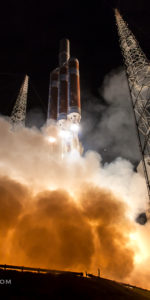
3 Comments
Leave a Reply3 Pings & Trackbacks
Pingback:Starship Faces Performance Shortfall for Lunar Missions - AmericaSpace
Pingback:Starship Faces Performance Shortfall for Lunar Missions - SPACERFIT
Pingback:Starship Faces Performance Shortfall for Lunar Missions | Musk News